Treating Heat-Related Illnesses in a Disaster
This article explores effective strategies for identifying and treating heat-related illnesses during disasters, emphasizing the importance of timely intervention and preventive measures to safeguard health in extreme conditions. When disaster strikes, whether it’s a heat wave or a natural calamity, the risk of heat-related illnesses escalates dramatically. Understanding how to recognize and treat these conditions can be the difference between life and death. So, let’s dive into what you need to know!
Heat-related illnesses encompass various conditions caused by excessive heat exposure, including heat exhaustion and heat stroke. These conditions can sneak up on you, especially in disaster scenarios where resources may be limited, and the environment is unforgiving. Recognizing the symptoms and risk factors is crucial for effective treatment and prevention. Imagine being in a situation where you're already stressed and then feeling dizzy and weak – that’s your body’s way of saying, “Hey, I need help!”
Identifying the signs and symptoms of heat-related illnesses is essential for timely intervention. Common indicators include:
- Heavy sweating
- Weakness
- Dizziness
- Confusion
These symptoms can escalate to more severe conditions if not addressed promptly. For instance, if someone is sweating profusely but feels faint, it’s a red flag that they might be heading towards heat exhaustion or even heat stroke. It’s like a warning light on your dashboard – ignore it, and you might end up with a much bigger problem!
Heat exhaustion is characterized by heavy sweating, rapid pulse, and fatigue. It’s important to recognize these symptoms early to prevent progression to heat stroke, which is a more severe and life-threatening condition. Think of heat exhaustion as the warning sign before the storm. If you’re not careful, it can escalate quickly!
Heat exhaustion can result from prolonged exposure to high temperatures, strenuous physical activity, or dehydration. Understanding these causes helps in devising effective prevention and treatment strategies in disaster situations. It’s like knowing the enemy before going into battle – the more you know, the better prepared you’ll be!
Immediate first aid for heat exhaustion includes:
- Moving the person to a cooler environment
- Providing fluids
- Applying cool compresses
These steps can significantly alleviate symptoms and prevent further complications. Just imagine how refreshing a cool drink can be on a hot day – it’s the same for someone suffering from heat exhaustion!
Heat stroke is a medical emergency that requires immediate attention. It occurs when the body temperature rises above 104°F (40°C), leading to potential organ damage and death if not treated swiftly. If you see someone with hot, dry skin and a rapid pulse, don’t hesitate – get them help immediately. It’s like a fire alarm going off; you need to act fast!
Preventive measures are vital in managing heat-related illnesses during disasters. Staying hydrated, wearing appropriate clothing, and avoiding strenuous activities during peak heat can significantly reduce the risk of heat-related conditions. Just like you wouldn’t walk into a burning building without protection, you shouldn’t expose yourself to extreme heat without taking precautions!
Effective hydration strategies include drinking water regularly and consuming electrolyte-rich beverages. Understanding individual hydration needs based on activity level and environmental conditions is essential for preventing heat-related illnesses. Think of it like fueling a car – without the right fuel, it won’t run smoothly!
Community preparedness involves educating the public about heat-related risks and establishing cooling centers during extreme heat events. Collaborative efforts can enhance resilience and ensure timely assistance for those affected by heat-related illnesses. It’s like building a safety net – the more prepared we are, the safer we’ll all be!
Q: What are the first signs of heat exhaustion?
A: The first signs include heavy sweating, weakness, dizziness, and headache. If these symptoms appear, it’s crucial to act quickly.
Q: How can I prevent heat-related illnesses during a disaster?
A: Stay hydrated, wear light clothing, and avoid strenuous activities during the hottest parts of the day.
Q: When should I seek medical help for heat-related illnesses?
A: If symptoms worsen or if the person shows signs of confusion, a rapid pulse, or stops sweating, seek medical attention immediately.
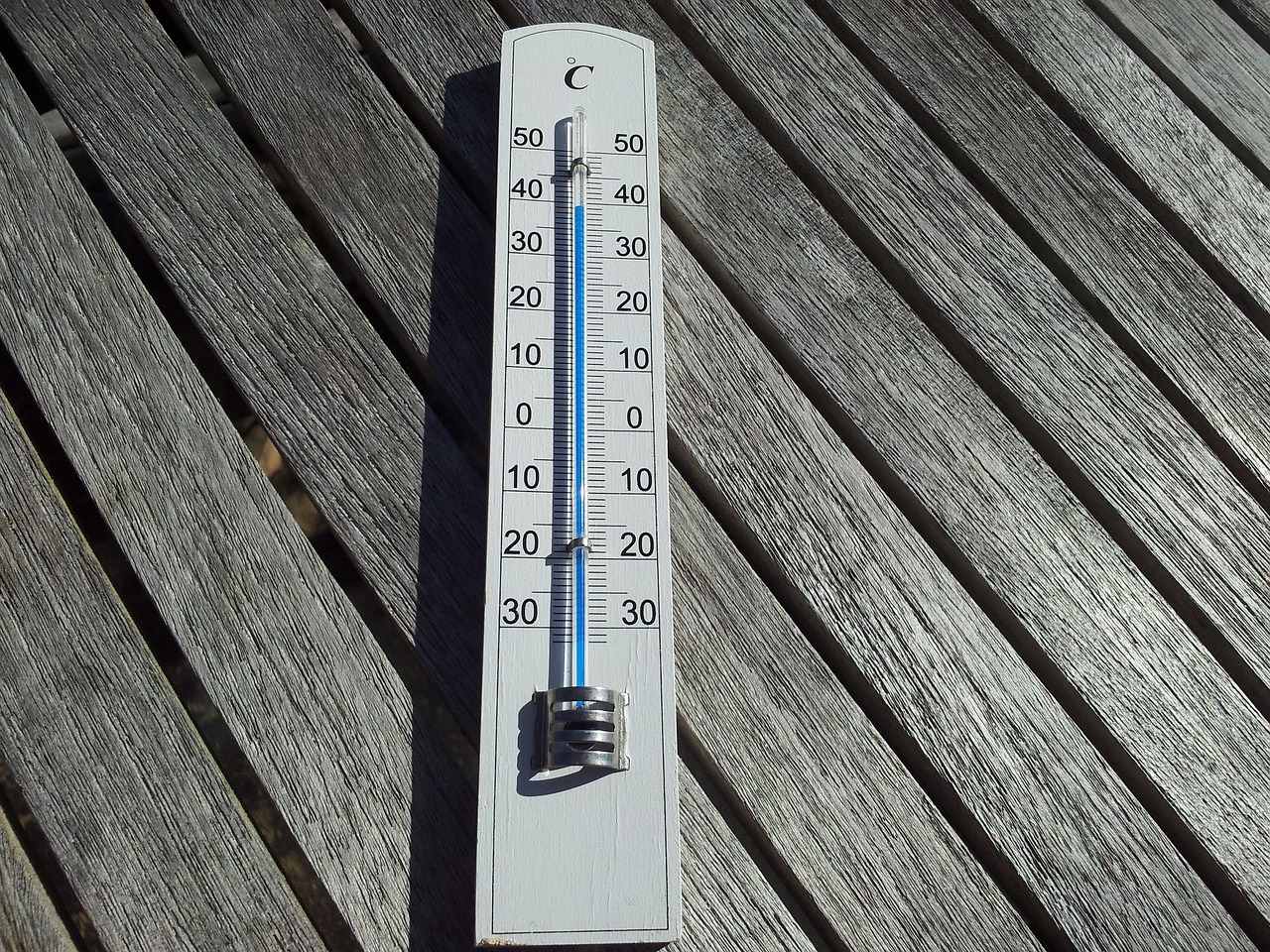
Understanding Heat-Related Illnesses
This article explores effective strategies for identifying and treating heat-related illnesses during disasters, emphasizing the importance of timely intervention and preventive measures to safeguard health in extreme conditions.
When the temperatures soar, our bodies can struggle to keep cool, leading to a range of heat-related illnesses. These conditions, which can be serious and even life-threatening, include heat exhaustion and heat stroke. It's vital to understand what these illnesses entail and how they manifest, especially during disasters when heat waves can exacerbate the situation. Just like a car overheating on a summer day, our bodies can reach a critical point if we don't take the necessary precautions.
Heat-related illnesses occur when the body is unable to effectively regulate its temperature. This can happen due to prolonged exposure to high temperatures, particularly in conjunction with high humidity, which can make it feel even hotter. Imagine trying to breathe in a sauna; that’s what your body feels like when it’s struggling against the heat. The body typically cools itself through sweating, but when the temperature and humidity are too high, this process becomes inefficient.
Recognizing the symptoms associated with heat-related illnesses is crucial. Common signs include:
- Heavy sweating
- Weakness or fatigue
- Dizziness or fainting
- Headache
- Nausea
If these symptoms are ignored, they can escalate into more severe conditions. For instance, heat exhaustion can quickly lead to heat stroke, which is a serious medical emergency. Understanding the causes of heat-related illnesses can empower individuals to take preventive measures. Common triggers include:
- Prolonged exposure to high temperatures
- Strenuous physical activity in hot weather
- Dehydration
By being aware of these factors, you can better prepare yourself and others during extreme weather conditions, especially in disaster scenarios where access to resources might be limited.
In summary, understanding heat-related illnesses is the first step in prevention and treatment. Just as a gardener must recognize signs of wilting plants before they die, we must be vigilant about the signs our bodies give us in extreme heat. Timely intervention can mean the difference between a minor issue and a life-threatening emergency. So, let's stay informed and proactive!
Identifying the signs and symptoms of heat-related illnesses is essential for timely intervention. Common indicators include heavy sweating, weakness, dizziness, and confusion, which can escalate to more severe conditions if not addressed promptly.
Heat exhaustion is characterized by heavy sweating, rapid pulse, and fatigue. It is important to recognize these symptoms early to prevent progression to heat stroke, which is a more severe and life-threatening condition.
Heat exhaustion can result from prolonged exposure to high temperatures, strenuous physical activity, or dehydration. Understanding these causes helps in devising effective prevention and treatment strategies in disaster situations.
Immediate first aid for heat exhaustion includes moving the person to a cooler environment, providing fluids, and applying cool compresses. These steps can significantly alleviate symptoms and prevent further complications.
Heat stroke is a medical emergency that requires immediate attention. It occurs when the body temperature rises above 104°F (40°C), leading to potential organ damage and death if not treated swiftly.
Preventive measures are vital in managing heat-related illnesses during disasters. Staying hydrated, wearing appropriate clothing, and avoiding strenuous activities during peak heat can significantly reduce the risk of heat-related conditions.
Effective hydration strategies include drinking water regularly and consuming electrolyte-rich beverages. Understanding individual hydration needs based on activity level and environmental conditions is essential for preventing heat-related illnesses.
Community preparedness involves educating the public about heat-related risks and establishing cooling centers during extreme heat events. Collaborative efforts can enhance resilience and ensure timely assistance for those affected by heat-related illnesses.
Q: What should I do if I suspect someone has heat exhaustion?
A: Move them to a cooler place, provide fluids, and apply cool compresses. If symptoms worsen, seek medical attention immediately.
Q: How can I prevent heat-related illnesses during a disaster?
A: Stay hydrated, wear light clothing, and avoid strenuous activities during peak heat hours. Educating yourself and others is key!
Q: What are the long-term effects of heat stroke?
A: Heat stroke can lead to long-term complications such as organ damage, neurological issues, and even death if not treated promptly.
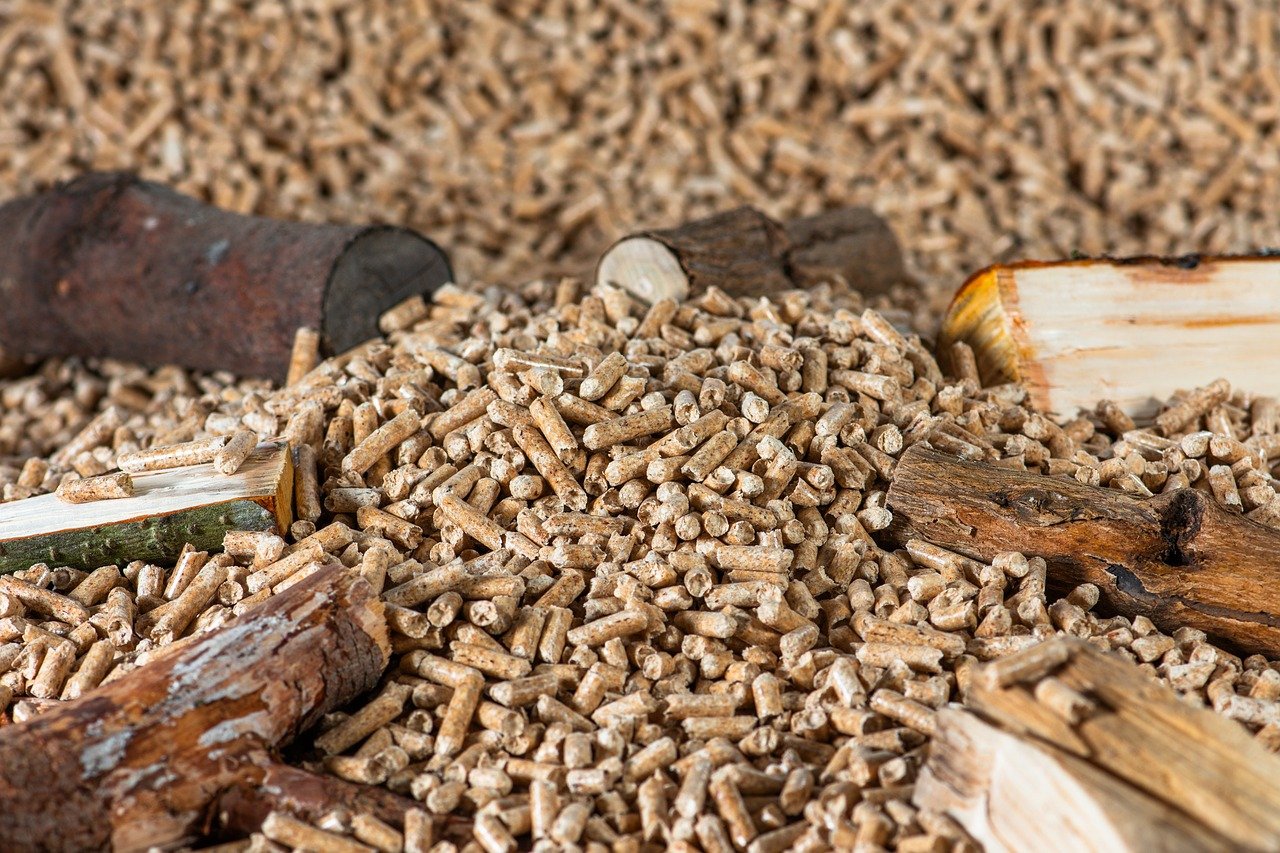
Signs and Symptoms
Identifying the signs and symptoms of heat-related illnesses is crucial for ensuring timely intervention. When the body becomes overwhelmed by excessive heat, it sends out distress signals, and recognizing these can be the difference between a quick recovery and a serious medical emergency. Common indicators of heat-related illnesses include:
- Heavy Sweating: One of the first signs your body is struggling to cool down.
- Weakness: A feeling of fatigue that can make even simple tasks feel monumental.
- Dizziness: A spinning sensation that can lead to fainting if not addressed.
- Confusion: Mental disorientation that can escalate quickly.
If these symptoms are ignored, they can escalate into more severe conditions, including heat exhaustion and heat stroke. For instance, heat exhaustion is marked by intense sweating and a rapid pulse, while heat stroke can occur when the body temperature skyrockets above 104°F (40°C). This condition can lead to organ damage or even death if not treated immediately.
Understanding the progression of symptoms is essential. Initially, you might experience mild symptoms like thirst and fatigue. However, as the situation worsens, you might notice:
| Symptom | Severity Level | Action Required |
|---|---|---|
| Heavy Sweating | Mild | Move to a cooler place and hydrate |
| Weakness | Moderate | Rest and hydrate; seek help if symptoms worsen |
| Dizziness | Severe | Lay down and elevate feet; call for medical assistance |
| Confusion | Critical | Seek immediate medical help |
In the heat of the moment, it’s easy to overlook these signs, especially if you're caught up in the chaos of a disaster situation. But remember, your health is paramount. If you or someone around you starts showing these symptoms, it’s essential to act quickly. Don’t wait for the situation to escalate; take action to cool down and hydrate as soon as possible.
Ultimately, being aware of these signs and symptoms not only empowers you to protect yourself but also equips you to assist others who may be struggling in extreme heat conditions. In disaster scenarios, where resources may be limited, having this knowledge can be a game-changer.
What should I do if I suspect someone has heat exhaustion?
Move them to a cooler location, provide fluids (preferably water or electrolyte drinks), and apply cool compresses to their skin. If symptoms persist, seek medical assistance.
How can I prevent heat-related illnesses during a disaster?
Stay hydrated, wear light clothing, avoid strenuous activities during peak heat, and seek shade or cool environments whenever possible.
What are the long-term effects of heat stroke?
Heat stroke can lead to serious complications, including organ damage, cognitive impairment, and even death. Early intervention is critical to minimizing these risks.
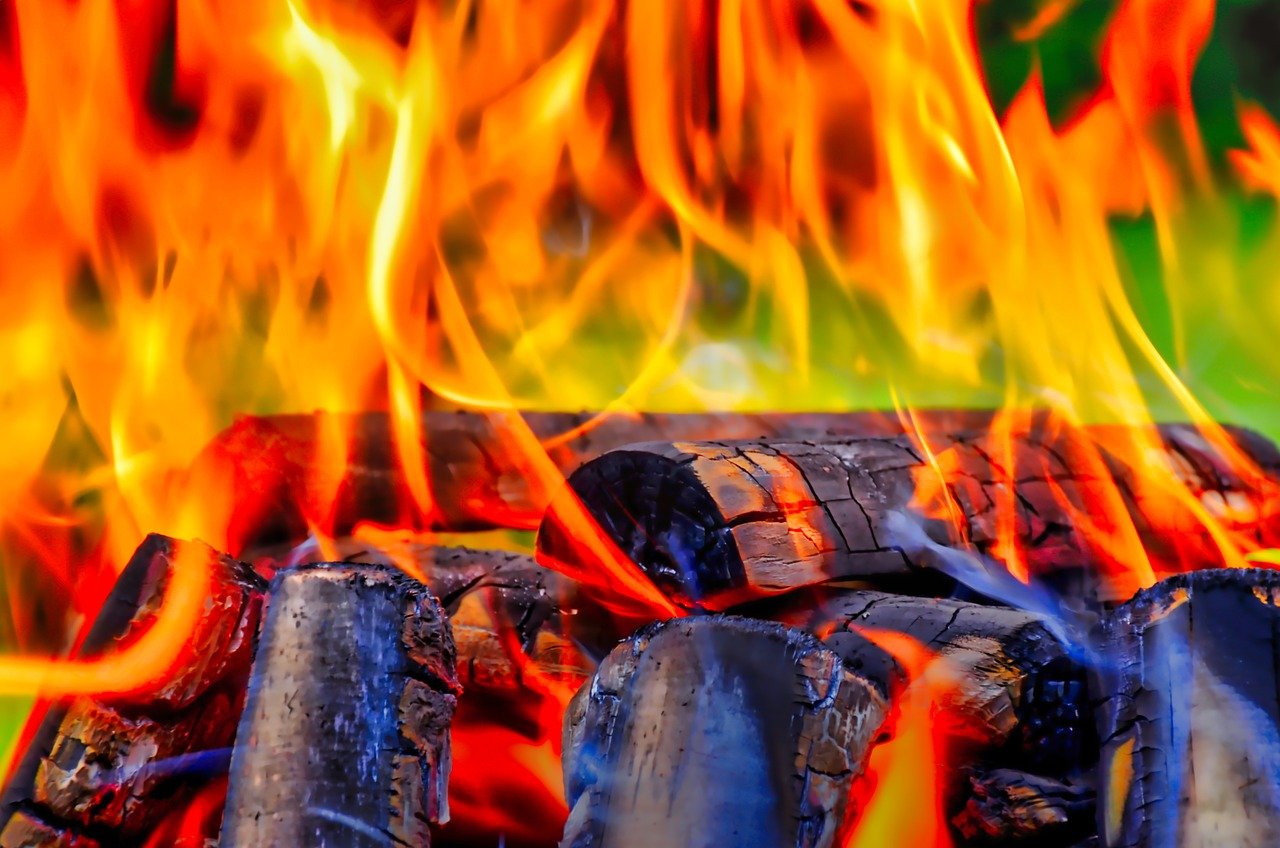
Heat Exhaustion
Heat exhaustion is a serious condition that can sneak up on you, especially during those sweltering summer days or in the midst of a disaster where temperatures soar. Imagine being out in the sun, feeling the heat radiating off the pavement, and suddenly, you start to feel weak and dizzy. That’s your body’s way of telling you it’s had enough. It’s crucial to recognize the signs early to avoid a more severe situation, like heat stroke, which can be life-threatening.
The symptoms of heat exhaustion are pretty clear-cut, but they can vary from person to person. Common indicators include:
- Heavy sweating: This is your body’s natural cooling mechanism working overtime.
- Rapid pulse: Your heart races as it tries to pump blood to the skin to dissipate heat.
- Fatigue: You may feel unusually tired, as if you’ve run a marathon.
- Headache: A pounding head can signal that your body is struggling.
- Dizziness or fainting: These are red flags that you need to cool down immediately.
But what exactly causes heat exhaustion? It’s not just about the temperature; several factors come into play. Prolonged exposure to high temperatures, especially when combined with strenuous physical activity, can lead to this condition. Dehydration is another major culprit. When you don’t drink enough fluids, your body can’t cool itself effectively, leading to a cascade of symptoms that can escalate quickly.
Now, let’s talk about how to tackle heat exhaustion head-on. The first step is to get the affected person to a cooler environment. This could mean moving them indoors or finding shade if you’re outside. Next, hydration is key. Offer them water or a sports drink that contains electrolytes to help replenish what they’ve lost through sweating. Applying cool, wet cloths or ice packs to pulse points like the wrists, neck, and forehead can also provide immediate relief.
It’s important to keep a close eye on the person experiencing heat exhaustion. If symptoms don’t improve within 30 minutes or worsen, it’s time to seek medical attention. Remember, heat exhaustion is a warning sign that should not be ignored. If you think about it, it’s like your body’s alarm system going off—if you don’t respond, you could face a much bigger problem.
In summary, understanding heat exhaustion is vital, especially in disaster scenarios where conditions can become extreme. Recognizing the symptoms early and knowing how to respond can make a significant difference in outcomes. Stay vigilant, stay hydrated, and always be prepared to cool down when the heat gets intense.
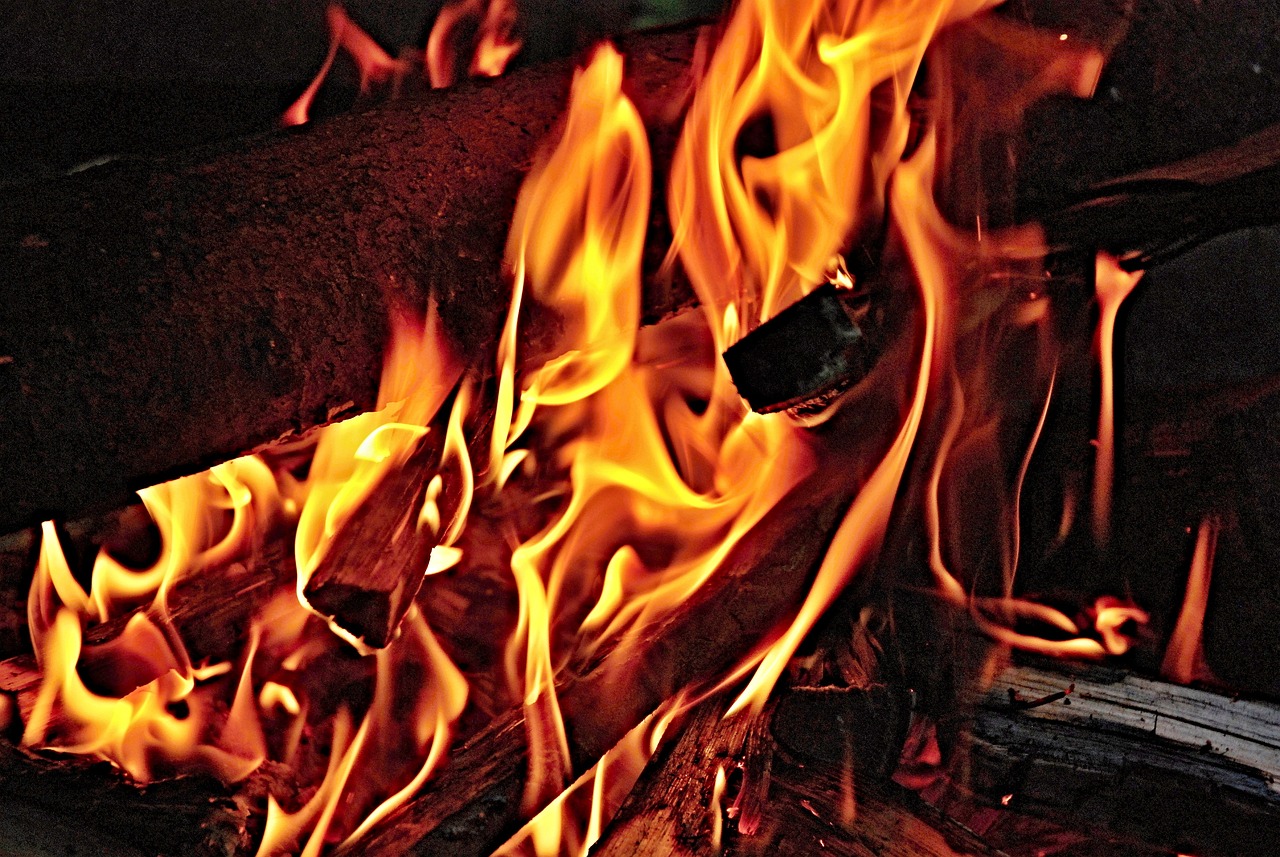
Causes of Heat Exhaustion
Heat exhaustion is a serious condition that can occur when the body is overwhelmed by high temperatures, and understanding its causes is essential for effective prevention and treatment. One of the primary culprits is prolonged exposure to elevated temperatures, especially in environments where shade or cool air is scarce. Imagine being outside on a sweltering summer day, feeling the sun beating down relentlessly. That’s when the risk of heat exhaustion starts to creep in.
Another significant factor contributing to heat exhaustion is engaging in strenuous physical activity during peak heat hours. Whether you're running a marathon or simply working in the yard, pushing your body to its limits while the sun is blazing can lead to overheating. This is particularly dangerous for individuals who may not be acclimatized to high temperatures or who have underlying health conditions.
Dehydration plays a crucial role in the development of heat exhaustion. When the body loses more fluids than it takes in, it struggles to regulate its temperature effectively. This can happen quickly in hot weather, especially if you're sweating profusely without replenishing lost fluids. It’s like trying to drive a car without enough fuel; eventually, it just won’t run smoothly.
Additionally, certain groups of people are at a higher risk of developing heat exhaustion. These include:
- Children, who may not recognize their need for hydration or rest.
- Older adults, who often have a diminished ability to sense heat and may have chronic health issues.
- Individuals with pre-existing medical conditions, such as heart disease or obesity, who may struggle to cope with extreme temperatures.
Lastly, inadequate clothing can also contribute to heat exhaustion. Wearing heavy, dark, or non-breathable fabrics can trap heat and prevent the body from cooling down effectively. Opting for light-colored, loose-fitting clothing made from breathable materials can make a world of difference when it comes to staying cool.
In summary, heat exhaustion is primarily caused by a combination of environmental factors, physical exertion, dehydration, and individual susceptibility. By being mindful of these causes, we can take proactive steps to prevent this potentially serious condition, especially during disasters when heatwaves become more common.
- What are the first signs of heat exhaustion? Early signs include heavy sweating, weakness, dizziness, and nausea.
- Can heat exhaustion lead to heat stroke? Yes, if not treated promptly, heat exhaustion can escalate to heat stroke, which is a medical emergency.
- How can I prevent heat exhaustion while exercising? Stay hydrated, take breaks, and avoid exercising during the hottest parts of the day.
- Who is most at risk for heat exhaustion? Children, the elderly, and those with certain medical conditions are at higher risk.
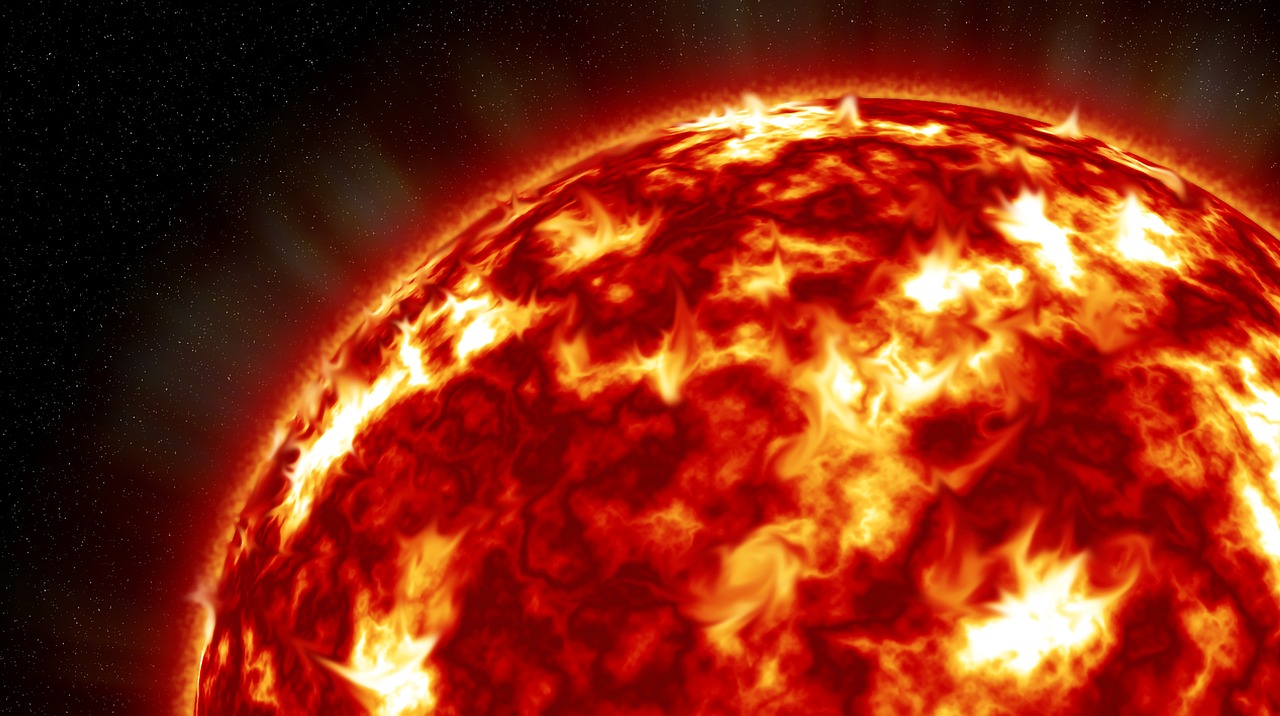
First Aid for Heat Exhaustion
When someone is experiencing heat exhaustion, it’s crucial to act quickly and effectively. The first step is to move the person to a cooler environment. This could be indoors, in the shade, or any place that offers relief from the heat. Once they are in a cooler spot, it’s essential to encourage them to drink fluids. Water is often the best choice, but if the person is severely dehydrated, electrolyte-rich beverages can help restore their body's balance. These drinks can replenish vital salts and minerals lost through sweat.
Applying cool compresses to key areas of the body can also provide significant relief. Focus on places like the neck, armpits, and groin, where blood vessels are close to the surface. This method can help lower body temperature more efficiently. If possible, a cool shower or bath can be even more effective in reducing heat stress.
It's important to keep an eye on the individual’s condition. If they begin to show signs of confusion, faintness, or their symptoms worsen, it may indicate that they are progressing toward heat stroke. In such cases, immediate medical attention is necessary. Remember, while first aid is vital, it cannot replace professional medical care when severe symptoms arise.
To summarize, here are the essential steps for administering first aid for heat exhaustion:
- Move to a cooler environment
- Encourage fluid intake (preferably water or electrolyte drinks)
- Apply cool compresses to pulse points
- Monitor symptoms for any escalation
By following these steps, you can significantly alleviate the symptoms of heat exhaustion and prevent further complications. Always remember that prompt action can save lives.
Q: What are the first signs of heat exhaustion?
A: The initial signs of heat exhaustion often include heavy sweating, weakness, dizziness, and nausea. Recognizing these symptoms early can lead to quicker intervention.
Q: How can I prevent heat exhaustion?
A: Staying hydrated, wearing light clothing, and avoiding strenuous activities during peak heat hours are effective preventive measures.
Q: When should I seek medical help for heat exhaustion?
A: If symptoms worsen or if the person becomes confused, faint, or unresponsive, it’s crucial to call for medical assistance immediately.
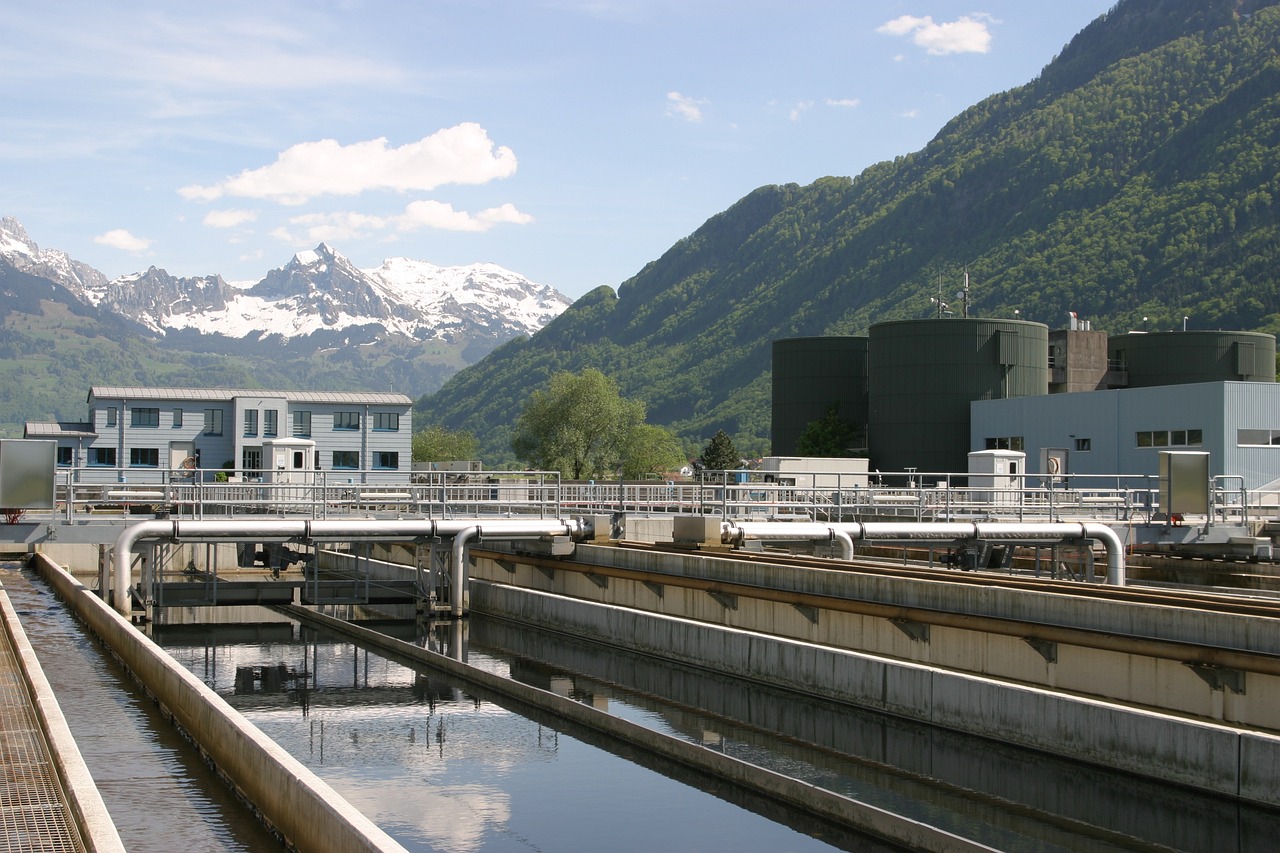
Heat Stroke
Heat stroke is not just another heat-related illness; it’s a medical emergency that demands immediate action. When the body’s temperature rises above 104°F (40°C), it can lead to severe complications, including organ damage and even death. This condition occurs when the body can no longer regulate its temperature, often due to prolonged exposure to high temperatures or vigorous physical activity in hot weather. Imagine your body as a car engine that overheats when it works too hard without adequate cooling; the same principle applies to our bodies. If we don’t cool down, we risk catastrophic failure.
The signs of heat stroke can escalate quickly. Initially, a person may experience symptoms such as confusion, agitation, or even loss of consciousness. Other indicators include hot, dry skin (as opposed to the heavy sweating seen in heat exhaustion), rapid heart rate, and a throbbing headache. These symptoms can seem benign at first, but they are the warning bells of a serious condition. If you or someone else exhibits these symptoms, it’s crucial to act swiftly.
To give you a clearer picture, here’s a quick comparison of heat exhaustion and heat stroke:
| Symptom | Heat Exhaustion | Heat Stroke |
|---|---|---|
| Body Temperature | Usually below 104°F (40°C) | Above 104°F (40°C) |
| Skin Condition | Cool, moist skin | Hot, dry skin |
| Consciousness | Usually alert | Confusion or unconsciousness |
Recognizing these differences can be a lifesaver. If you suspect someone is experiencing heat stroke, do not hesitate. Call emergency services immediately. While waiting for help, begin cooling the person down. Move them to a shaded area or indoors, remove any excess clothing, and apply cool, wet cloths to their skin. If possible, fan them to increase evaporation and further cool their body. It's like trying to extinguish a fire; the quicker you act, the better the chances of saving the structure— or in this case, the person.
In summary, heat stroke is a serious condition that can escalate rapidly if not treated. Understanding the symptoms and taking immediate action can make all the difference in saving a life. So, the next time you find yourself in a hot situation, remember that being informed and prepared is your best defense against the heat.
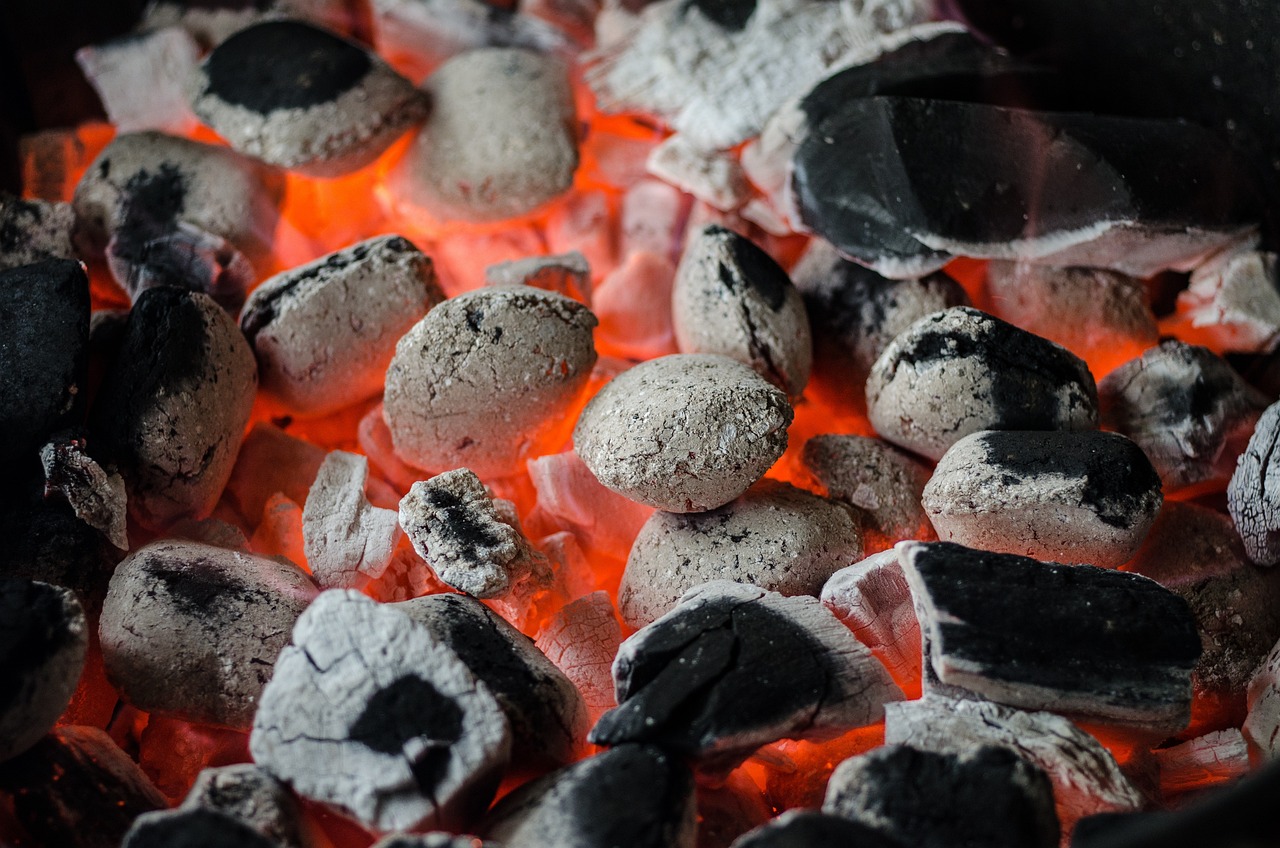
Preventive Measures
When it comes to tackling heat-related illnesses during disasters, are not just important; they are absolutely essential. The key to surviving extreme heat lies in being proactive rather than reactive. Think of it like preparing for a storm: the more you do ahead of time, the better equipped you are to handle the aftermath. Staying hydrated, wearing the right clothing, and avoiding strenuous activities during peak heat hours are fundamental steps everyone should take. But let's dive deeper into these strategies.
First off, hydration is your best friend. It’s not just about drinking water; it’s about understanding your body’s needs. For instance, if you're sweating buckets while performing physical activities, your body is losing more than just water. It's also losing electrolytes, which are vital for muscle function and overall health. So, don't just stick to plain water; consider incorporating electrolyte-rich beverages into your hydration routine. This is especially crucial during disasters when access to clean water may be limited.
Next, let’s talk about clothing. It might seem trivial, but what you wear can make a world of difference in how your body copes with heat. Opt for lightweight, breathable fabrics that allow your skin to breathe and sweat to evaporate. Dark colors absorb heat, so go for lighter shades instead. Just imagine wearing a heavy wool sweater on a scorching summer day—sounds unbearable, right? That's exactly what you want to avoid. Additionally, wearing a wide-brimmed hat and UV-blocking sunglasses can protect you from direct sunlight, further reducing your risk of heat-related illnesses.
It’s also crucial to schedule your activities wisely. If you’re planning to engage in outdoor activities, try to do so early in the morning or later in the evening when temperatures are cooler. The peak heat usually occurs between 10 a.m. and 4 p.m., so plan accordingly. If you can’t avoid strenuous activities during these hours, take frequent breaks in shaded or air-conditioned areas. This simple habit can be a lifesaver.
Now, let’s not forget about community preparedness. It’s not just an individual effort; it’s a collective one. Communities should establish cooling centers where people can seek refuge during extreme heat events. These centers can provide not only a cool space but also access to hydration and medical assistance if needed. Educating the public about the risks associated with heat exposure is equally important. Imagine a community that comes together to help each other stay safe during a heatwave—this is the kind of resilience we need!
In summary, the combination of proper hydration, suitable clothing, smart scheduling of activities, and community support can dramatically reduce the risk of heat-related illnesses. It’s all about being prepared and taking action before the heat hits. So, the next time you hear about an impending heatwave, remember: it’s not just about surviving; it’s about thriving even in the toughest conditions.
Q1: What are the first signs of heat exhaustion?
A1: Common signs include heavy sweating, weakness, dizziness, nausea, and headache. If you notice these symptoms, it’s crucial to take action immediately.
Q2: How often should I drink water during extreme heat?
A2: Aim to drink water regularly throughout the day, even if you’re not thirsty. If you’re engaging in physical activity, increase your intake and consider electrolyte drinks.
Q3: What should I do if someone shows signs of heat stroke?
A3: Heat stroke is a medical emergency. Call 911 immediately and try to cool the person down by moving them to a cooler place and applying cool cloths or ice packs.
Q4: Are there specific groups at higher risk for heat-related illnesses?
A4: Yes, the elderly, young children, and individuals with pre-existing health conditions are at a higher risk. It’s essential to monitor their well-being during heat events.
Q5: Can I still exercise during a heatwave?
A5: It’s best to limit strenuous activities during peak heat hours. If you must exercise, do so in the early morning or late evening and stay hydrated.
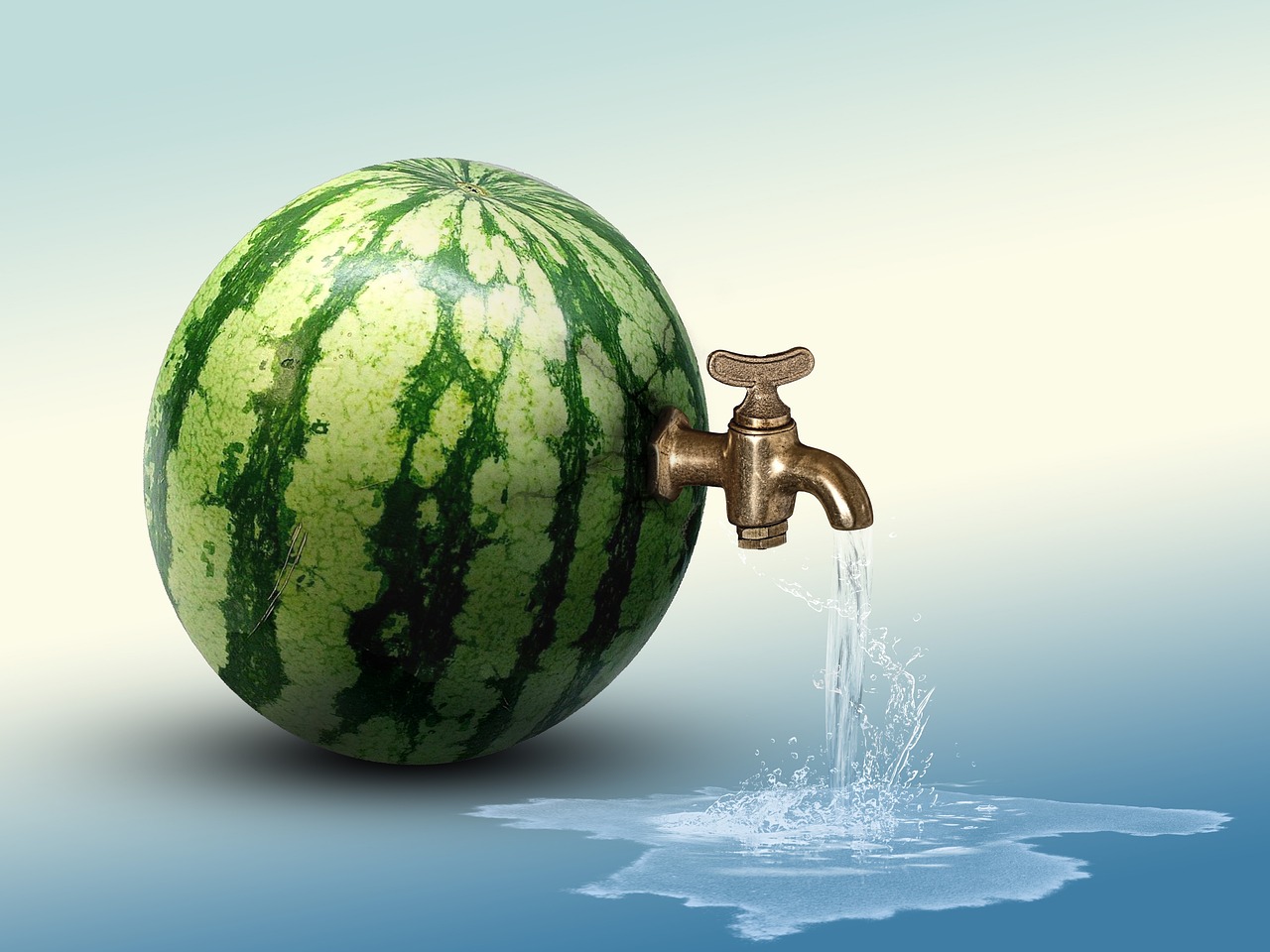
Hydration Strategies
Staying hydrated is crucial, especially during extreme heat events when the risk of heat-related illnesses skyrockets. Think of your body as a finely tuned machine; it needs the right fuel to operate efficiently. Water is that fuel, and without it, your machine can quickly overheat, leading to serious health issues. So, how do we ensure that we’re getting enough hydration? It’s not just about drinking water; it's about understanding your body's needs in various conditions.
First and foremost, regular water intake is essential. It’s not enough to wait until you feel thirsty; by then, your body is already signaling that it’s in need of replenishment. Aim to drink water consistently throughout the day, especially if you’re in a hot environment or engaging in physical activity. A good rule of thumb is to drink at least 8-10 glasses of water daily, but this can vary based on individual needs and activity levels. If you're sweating profusely, you might need even more!
Another effective strategy is to incorporate electrolyte-rich beverages into your hydration routine. When you sweat, you lose not only water but also essential electrolytes like sodium and potassium. Replenishing these can help maintain your body's fluid balance and prevent fatigue. Sports drinks, coconut water, or even homemade electrolyte solutions can be great options. Just be cautious of sugar content in some commercial drinks; you want to hydrate, not overload your system with sugar!
To make hydration more engaging, consider infusing your water with fruits or herbs. Adding slices of lemon, cucumber, or mint can enhance flavor and encourage you to drink more. Not only does this make hydration enjoyable, but it also provides additional vitamins and minerals that can support your overall health.
Moreover, it's vital to listen to your body and recognize signs of dehydration. Symptoms such as dry mouth, fatigue, and dark-colored urine are red flags that you need to increase your fluid intake. During disasters or extreme heat, having a plan for hydration is crucial. Always keep a water bottle handy, and encourage those around you to do the same. Remember, hydration is a shared responsibility, especially in community settings.
In summary, effective hydration strategies involve a combination of regular water intake, electrolyte replenishment, and creative ways to make drinking fluids enjoyable. By prioritizing hydration, you can significantly reduce your risk of heat-related illnesses and keep your body functioning optimally, even in the most challenging conditions.
- How much water should I drink daily? It’s recommended to drink at least 8-10 glasses of water daily, but your needs may vary based on activity level and environmental conditions.
- What are the signs of dehydration? Common signs include dry mouth, fatigue, dizziness, and dark-colored urine.
- Can I rely solely on sports drinks for hydration? While sports drinks can replenish electrolytes, they often contain added sugars. It's best to balance them with plain water.
- How can I make drinking water more enjoyable? Infusing water with fruits or herbs can enhance flavor and encourage you to drink more.
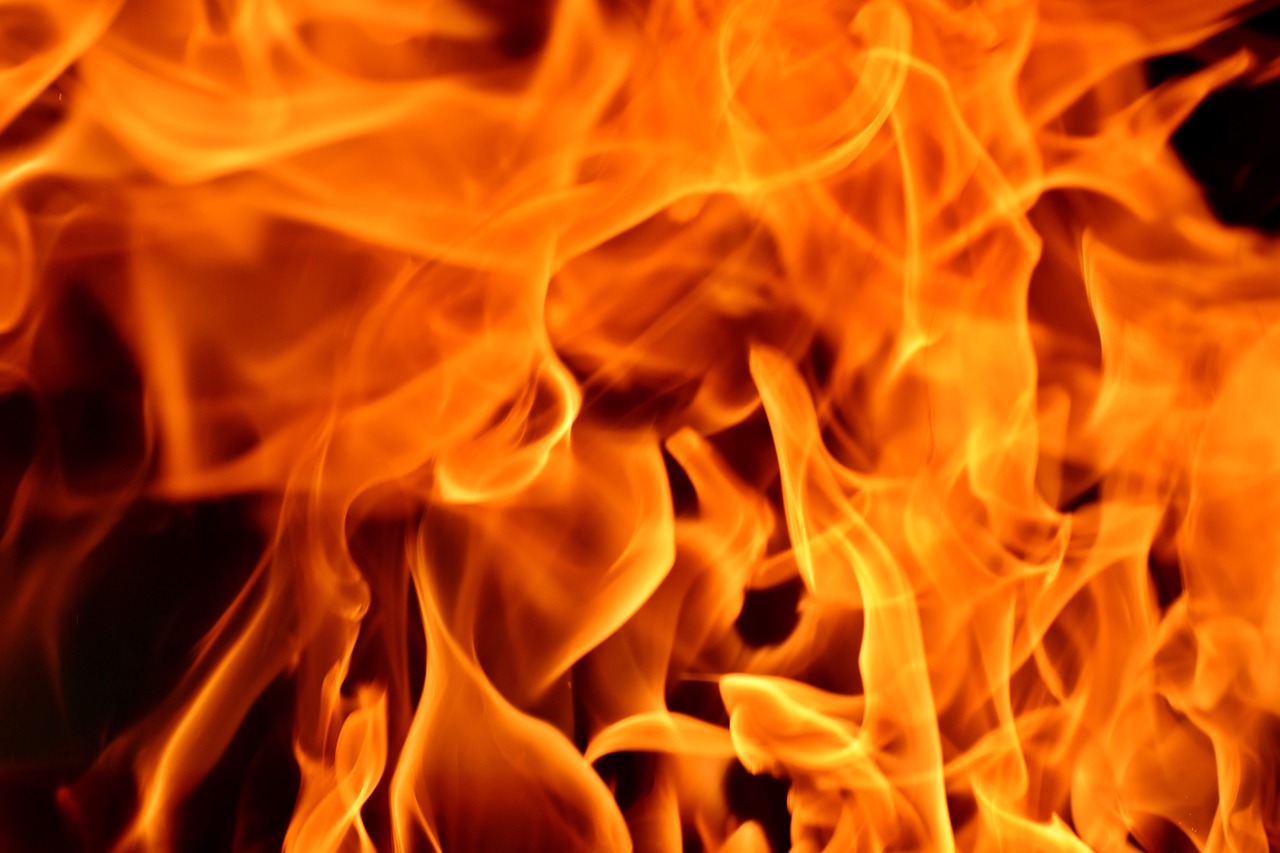
Community Preparedness
Community preparedness is not just a buzzword; it's a vital lifeline that can save lives during extreme heat events. When the mercury rises, the risk of heat-related illnesses skyrockets, making it essential for communities to be proactive rather than reactive. So, how can communities gear up to face these challenges? Well, it all starts with education and awareness. By informing the public about the dangers of heat exposure and the signs of heat-related illnesses, we can equip individuals with the knowledge they need to protect themselves and others.
One effective strategy is to hold community workshops and seminars that focus on heat safety. These sessions can cover a range of topics, from recognizing symptoms of heat exhaustion and heat stroke to learning about proper hydration techniques. Imagine a community where everyone knows how to spot the early signs of a heat emergency! This kind of awareness can make a significant difference in saving lives.
Additionally, establishing cooling centers can be a game changer. During extreme heat events, these centers provide a refuge for vulnerable populations, such as the elderly and those with pre-existing health conditions. A cooling center can be as simple as a local community center or a library equipped with air conditioning. It's crucial to ensure that these centers are well-publicized and accessible to everyone in the community. Think of it as a lifeboat in a storm; it offers safety and relief when the heat becomes unbearable.
Moreover, collaboration among local agencies, healthcare providers, and community organizations can enhance preparedness efforts. By pooling resources and expertise, communities can develop comprehensive heat response plans that outline specific actions to take during heat waves. This could include the distribution of water bottles, setting up shaded areas in public parks, and even coordinating transportation for those who may need help getting to cooling centers.
In essence, community preparedness for heat-related illnesses is about creating a culture of care and vigilance. It involves not only having the right resources in place but also fostering a sense of collective responsibility. When people look out for one another, the entire community becomes stronger and more resilient. So, let’s raise awareness, establish cooling centers, and work together to keep everyone safe during those scorching summer days!
- What are the signs of heat-related illnesses? Symptoms include heavy sweating, weakness, dizziness, and confusion.
- How can I stay hydrated during extreme heat? Drink plenty of water and consider electrolyte-rich beverages.
- What should I do if someone shows signs of heat exhaustion? Move them to a cooler place, provide fluids, and apply cool compresses.
- Where can I find cooling centers in my area? Check with local government websites or community centers for information on cooling centers during heat waves.
Frequently Asked Questions
- What are the main types of heat-related illnesses?
Heat-related illnesses primarily include heat exhaustion and heat stroke. Heat exhaustion is less severe but can escalate to heat stroke, which is a medical emergency. Recognizing these conditions early can save lives, especially during disasters.
- How can I identify heat exhaustion?
Symptoms of heat exhaustion include heavy sweating, weakness, dizziness, and fatigue. If someone exhibits these signs, it's crucial to act quickly and provide them with cool fluids and a shaded area to rest.
- What should I do if someone shows signs of heat stroke?
If you suspect someone has heat stroke, call emergency services immediately. While waiting for help, move the person to a cooler environment, remove excess clothing, and try to cool them down with water or ice packs.
- How can I prevent heat-related illnesses during a disaster?
To prevent heat-related illnesses, stay hydrated, wear light and breathable clothing, and avoid strenuous activities during peak heat hours. It's also wise to seek shade or cooling centers when available.
- What are some effective hydration strategies?
Effective hydration strategies include drinking water regularly, consuming electrolyte-rich beverages, and being mindful of your body's signals for thirst. Adjust your intake based on your activity level and environmental conditions.
- How can communities prepare for heat-related emergencies?
Community preparedness can include public education on heat-related risks, establishing cooling centers, and organizing outreach programs to assist vulnerable populations during extreme heat events.



















